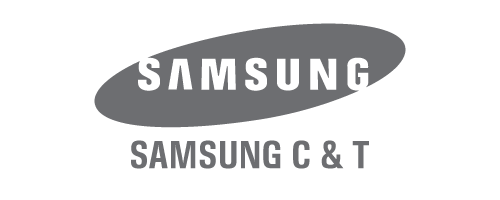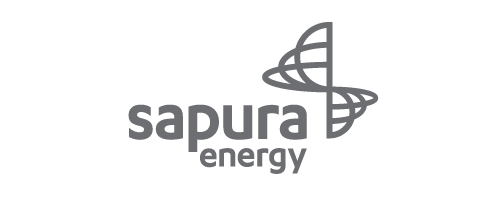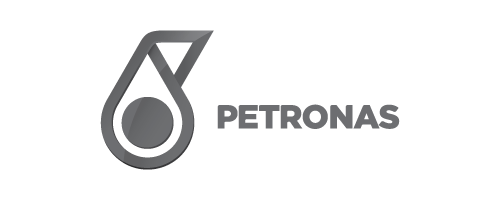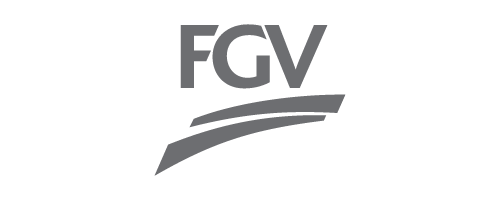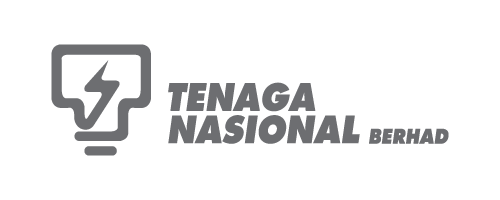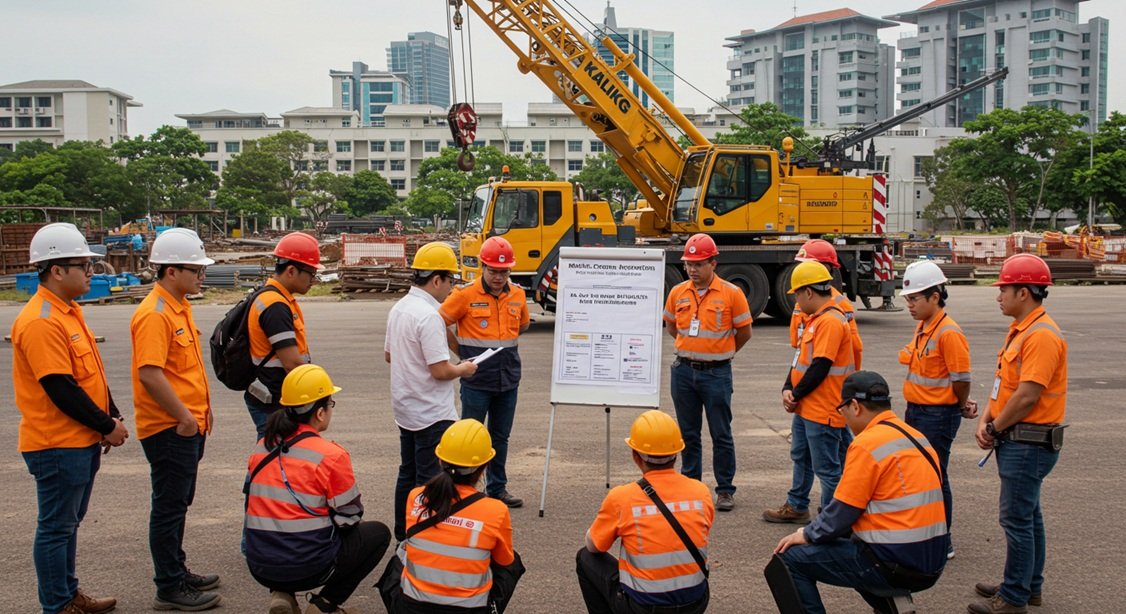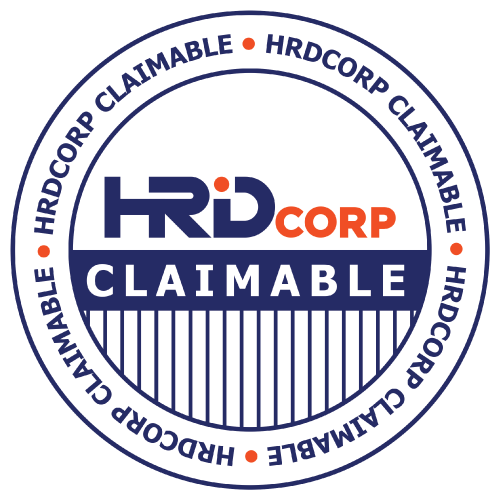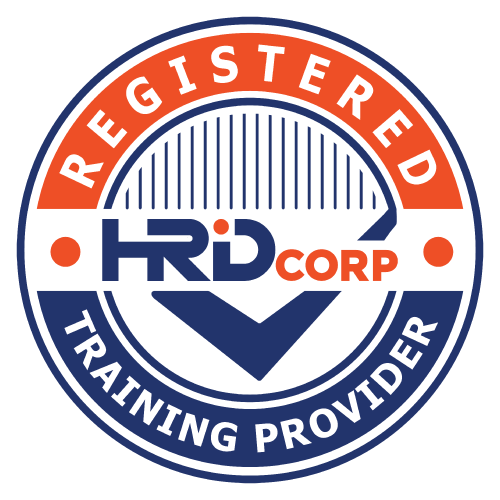Introduction
Lifting planning management is a crucial aspect of ensuring safe and efficient lifting operations, especially in construction and engineering projects.
It involves a systematic approach to planning, coordinating, and executing lifting tasks, considering factors like load characteristics, equipment capacity, rigging, and potential risks.
Effective lift planning minimizes risks, streamlines operations, and contributes to the overall success of projects.
A Lifting Supervisor is responsible for the safe planning and execution of lifting operations. They ensure compliance with safety regulations, manage risks, and oversee the entire lifting process, including the use of equipment and personnel.
- Duration : 2 Days
- Target Group: All level of workers
- Lifting Supervisors
- Site Engineers / Project Engineers
- Rigging Supervisors / Foremen
- Crane Coordinators / Lift Directors
- Crane Operators
- Rigging Crew / Riggers
- Health & Safety Officers / HSE Managers
- Construction Managers / Site Managers
- Maintenance Personnel (Industrial/Plant Sites)
- Third-Party Contractors Involved in Lifting Operations
- Learning Method
- Classroom Instruction (Theoretical Learning)
- Case Studies and Real-Life Incident Reviews
- Practical Workshops / Group Exercises
- Written Assessment / Quiz
- Q&A Session
Objective
Upon completion of the course, participants will be able to:
- Understand the Roles and Responsibilities
- Identify the duties of key personnel involved in lifting operations, including the appointed person, lifting supervisor, crane operator, rigger, and signalman.
- Apply Relevant Standards and Regulations
- Demonstrate knowledge of applicable legislation and standards
- Conduct a Risk Assessment
- Identify hazards associated with lifting operations.
- Perform risk assessments and implement suitable control measures.
- Develop a Lifting Plan
- Prepare comprehensive lifting plans, including method statements, lift categories (standard, complex, critical), and lift drawings.
- Understand Load Characteristics
- Calculate load weights, centres of gravity, sling angles, and capacities.
- Interpret load charts and apply appropriate safety factors.
- Ensure Effective Communication and Coordination
- Plan and execute pre-lift briefings, toolbox talks, and signalling methods to ensure safe team coordination.
- Assess Site and Environmental Conditions
- Evaluate site layout, ground conditions, weather factors, and overhead obstructions that may affect lifting operations.
- Verify and Inspect Equipment
- Understand the inspection and certification requirements for lifting equipment and accessories.
- Manage Emergency Situations
- Develop contingency plans and know the steps to take in case of lift failure, equipment malfunction, or unsafe conditions.
- Promote a Culture of Safety and Compliance
- Encourage continuous improvement and adherence to best practices in lifting operations.
Topic
- Introduction to Lifting Planning and Management
- Introduction to Malaysian Legal Requirement
- Hierarchy of Documents
- Basic load analysis and studies
- Basic worksite studies
- Lifting appliances selection and management
- Lifting accessories selection and management
- Lifting operation planning, coordination and supervision
FAQs
What is the lifting supervisor?
The Lifting Supervisor is responsible for overseeing the set-up, maintenance and safe and efficient operations of the lifting equipment. He/She is responsible for co-ordinating and supervising all lifting activities in accordance with regulations and is required to be present during all lifting operations.
What is lift planning?
A lifting plan provides a systematic approach towards planning a lift and ensures that the lifting operation is properly managed. For example, a lifting plan would ensure that the crane is safely deployed and operated, and the lifting crew are clear about their roles and responsibilities.
What are the key aspects of Lifting Supervisor courses in Malaysia?
- Legal Framework:
Courses often emphasize compliance with the Occupational Safety and Health Act 1994 and other relevant regulations related to lifting operations.
- Risk Assessment:
Participants learn to identify potential hazards associated with lifting activities and implement control measures.
- Equipment Management:
Training includes understanding different types of lifting equipment (e.g., mobile cranes, overhead cranes), their inspection procedures, and maintenance requirements.
- Lifting Techniques:
Courses cover proper lifting procedures, load securing, and communication methods (e.g., signalling).
- Competency and Certification:
Many courses provide certification recognized by relevant authorities like CIDB (Construction Industry Development Board) or DOSH (Department of Occupational Safety and Health).
- Industry Relevance:
Courses are tailored for various sectors including construction, offshore, and maritime, with some offered by specialized institutions.
- Subsidies and Funding:
CIDB, in particular, offers subsidies for lifting supervisor training, making it more accessible to construction personnel, according to CIDB Malaysia.
Somehow, most companies get a lifting supervisor training from various training provider across Malaysia for more economical cost, in house training service, logistics and quality.
Rigworth are one of the most trusted training providers in Malaysia for a quality rigging operation training.
Top companies subscribed to this training
Competency training trusted by:
